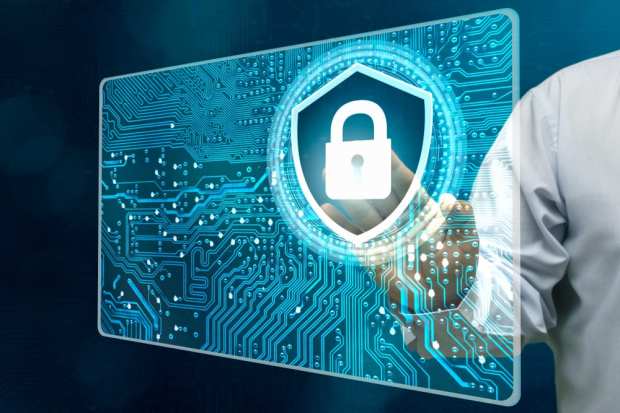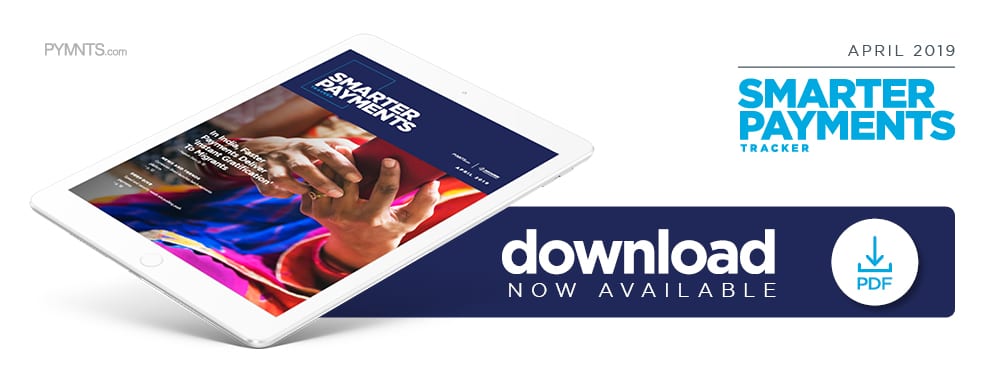Deep Dive: The Risk-Reducing Case For Push Payments

The following Deep Dive explores what’s driving interest in push payments, and where the technology may smooth out and secure consumer payments, B2B supplier transactions and B2C loans and payroll.
Smooth, reliable transactions are critical to commerce. Merchants need to be confident that their customers will deliver promised payments in a timely manner before parting with their goods and services. Customers, on the other hand, need to be assured that their PII, such as credit card or bank account numbers, will remain safe.
Even when this level of trust is achieved, issues may still arise that lead to declined payments, chargeback claims and data breaches. A top goal among payments solutions providers is to make these problems as infrequent as possible — and to do so, many are turning to push payments.
Typical electronic transactions — when customers pay with credit or debit cards — are pull payments. The movement of money is initiated when the merchant’s bank requests to “pull” money out of the customer’s account and place it into the merchant’s. These transfers occur only when customers provide authorization, such as signatures on checks or PIN codes entered when making debit payments. Merchants’ banks cannot proactively remove money from customers’ accounts.
The scenario is reversed for push payments. Customers instruct their banks to send money to merchants’ accounts or mobile wallets. In a P2P situation, a Venmo user can send money to a friend’s account, while a B2C transaction might involve a restaurant pushing payments to disburse wages to waitstaff, placing the funds directly onto employees’ prepaid debit cards or into their bank accounts. The following Deep Dive explores these and other use cases that are driving interest in push payments.
Speed and Certainty
Pull payments often carry risks. Merchants who accept checks must wait several days before money either settles or the transactions are declined due to insufficient funds. Settlement delays are inherent in these kinds of pull payments, meaning merchants do not know at the point of sale (POS) if consumers actually have funds.
This is one area in which push payments have an advantage. Payers’ banks review transactions when push payments are initiated, and if there is not enough money available, transactions are declined immediately. If the transaction is successful, however, merchants can be assured that they will receive their funds. Additionally, push payments often arrive much faster than pull payments — in days or hours, if not instantly.
Merchants aren’t the only ones that benefit from push payments, either. B2C push payments can deliver quick funds to consumers. Lenders could use them to send loan payouts directly to borrowers’ debit cards or prepaid cards for immediate use. Borrowers typically would have to wait for funds to be delivered by automated clearing house (ACH) transactions or paper checks, which could take a week to arrive.
Employers also see value in push payments. Some companies are using them to grant their employees instant access to earned wages. Push payments enable employers to send money straight to debit or prepaid cards, and workers can immediately make use of it. Such services have been shown to improve employee retention. Uber is among the companies that have started pushing payments to employees. The company now instantly pays drivers after they conclude their shifts.
Security and Recordkeeping
Another advantage for merchants is that push payments are usually irreversible, meaning they do not have to worry about chargebacks. In addition, card payments require compliance with the Payment Card Industry Data Security Standard, which can be expensive to maintain. Push payments circumvent these issues as they are often sent directly between bank accounts, reducing risks and costs.
Consumers may also find push payments to be more reassuring. These methods do not require consumers to provide merchants with sensitive card or bank account information, protecting them from fraud and data breaches. Merchants instead give out their information, enabling customers to pay for their purchases. Push payments also often come with more security options for consumers, who can, for instance, require biometric and password-based confirmations before payments are submitted.
Push payments’ simplicity can also streamline reconciliation in B2B situations. If a buyer does not provide the exact amount of funds outlined in a supplier-issued invoice, it becomes both a financial and reconciliation issue. Should such a problem occur with a pull payment, the supplier would need to update records to reflect the disparity between the invoice and the payment received, then work together with the buyer to resolve the issue. Payment data is sent alongside push payments, however, providing more rapid reconciliation.
As is the case for any new innovation, adoption takes some adjustment. Most merchants and suppliers are set up for pull payments and have partnerships in place with merchant acquirers to process them. Companies looking to switch to push payments will need to readjust their systems and processes. A supplier may want to accept push payments made via virtual cards, for example, enabling a buyer to directly deposit money into the supplier’s account. Before this can occur, the buyer would need to be certain that its acquiring bank can support straight-through processing. If it doesn’t, the buyer will be forced to find a new acquirer if they want to accept these types of payments.
No innovation comes without its challenges, and all new developments require adjustments before customers and companies are ready to make full use of them. Push payments are drawing increasing interest from merchants, borrowers and employees seeking to make funds become available more quickly. When adoption occurs, push payments will provide all parties with greater certainty that their payment information will remain safe and their compensation will arrive as promised.

